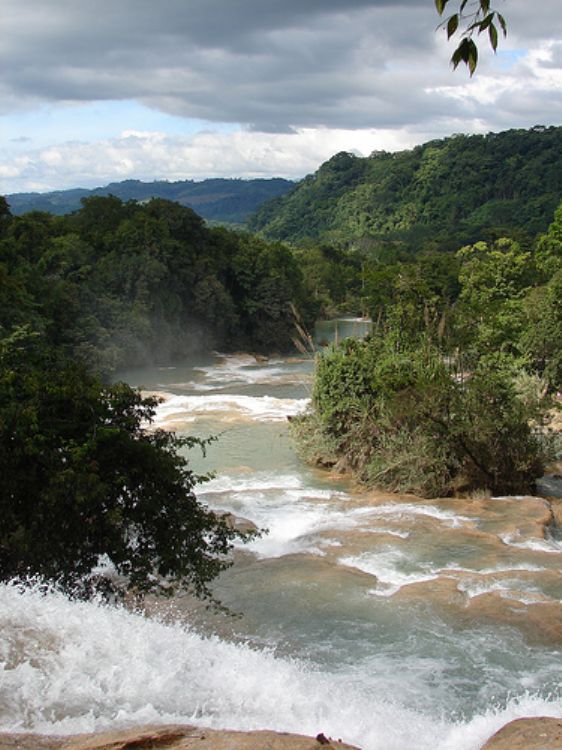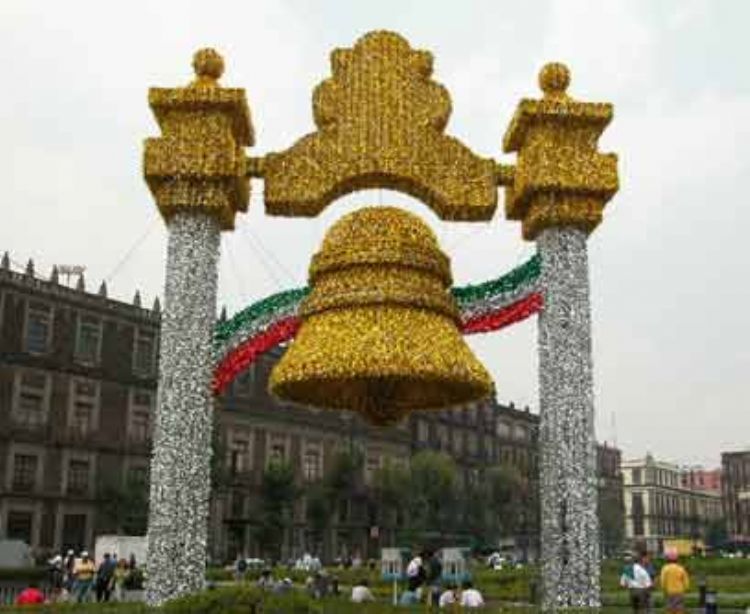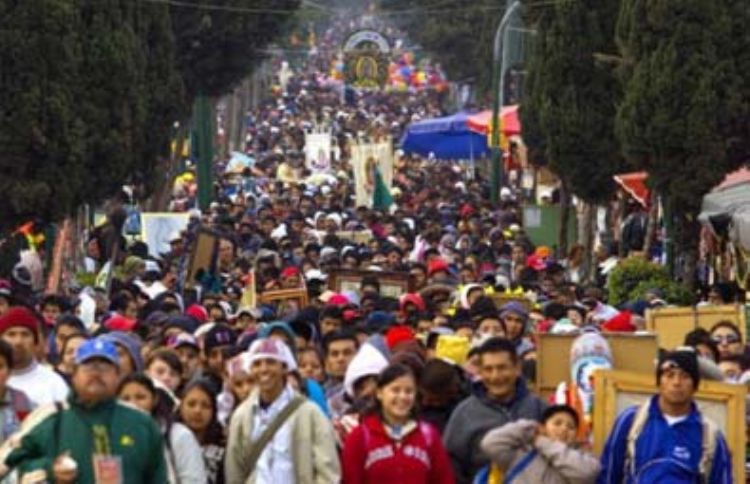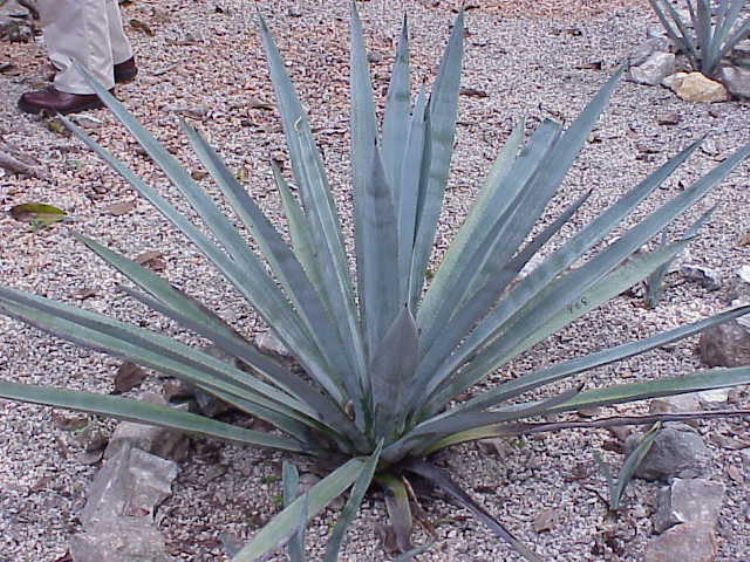
The son of diplomatic parents, Carlos Fuentes was born in...

Chiapas, the sixth largest state in Mexico with a territory of 75,634 sq. km, shares its borders with the republic of Guatemala to the east; with the Pacific Ocean to the south; and with the states of Tabasco to the north and Veracruz and Oaxaca to the west. Its vast surface contains a great variety of physical features, geographically divided into three zones : the costal plains of the Gulf of Mexico in the north; the Sierra Madre of Chiapas; and the Central American range in the southern part of the state.
While the mountain chain called the Sierra Madre de Chiapas includes the mountains on the north, the Sierra Lancandona, the peaks or heights of Chiapas, and the central depression, the Central American mountain range is conformed by the southern Sierras, the Sierra Soconusco and the Tacana volcano, home of the highest peak in the state with an altitude of 4,080 meters.
The total territory is grossly divided into 34% of jungle, 29% of pine forest, and 16% of pastureland.
The region is washed by abundant rivers, lagoons and cascades, totaling 42 water currents or bodies, which include the Suchiate river that is in fact the border with neighboring Guatemala; the Grijalva river which generates a large amount of electricity; and the Usumacinta river, the largest and mightiest in Central America, which has been a key source of communication and transportation since pre-Spaniard times.
Rainfall is plentiful throughout the state, and its physical variety supposes a great variety of climates; in general, coasts are warm with temperatures reaching 28oC, and the peaks are rather cold somewhere close the 14oC in average.
The state contains as much as 40 protected natural areas, home of thousands of species of flora and fauna trying to survive human activity and development. Endangered species living in the area include the quetzal, jaguar, ocelot, otter, the blue headed parrot and the howling monkey. A great variety of wild orchids and amazing animals can be found, such as pumas or mountain lions, tapirs, monkeys, boas, roadrunners, wild boar, pelicans, herons, spoonbills and opossum, among many others

The son of diplomatic parents, Carlos Fuentes was born in...

The cessation of analog TV broadcasts is a reality in Mex...

Traditionally, the Comisión Federal de electricida...

January 1st celebrates New Yearâs Day and is a day of o...

Ever since the Middle Ages, pilgrimages were the way to r...

Of rural mestizo origin, he was a revolutionary leader de...

During 2010 we celebrated in México 200 years of I...

The same as a steam engine, which has hot and humid air, ...

The Basilica of Guadalupe is Mexicoâs utmost religious ...


Undoubtedly, the centuries of human activity have left th...